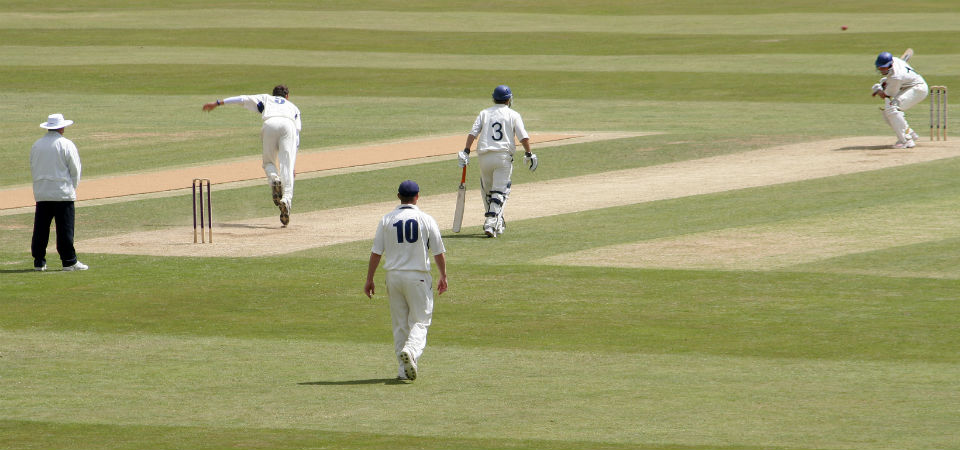Two PhD students from Loughborough University are hoping to better understand ‘lumbar stress fractures’, suffered, specifically, by pace bowlers.
The unique bowling action causes spinal adaptations, such as increased bone density, with evidence to suggest that bowlers’ spines are stronger than those of rugby players.
However, the repetitive nature of bowling can also lead to serious injury.
Both Toby Roland-Jones and Jamie Porter have succumbed to lower back issues recently, having to spend long periods of time in rehabilitation.
Researcher Pete Alway, who is in the second year of his PhD, said: “The most severe injury in fast bowlers is lumbar stress fracture, with a number of academic papers reporting that the incidence is up to 43%, much greater than in any other sports, and that’s compared to only 6% in the general population.
“Players can spend huge amounts of time rehabilitating – on average 250 days. Lumbar stress fractures have ended careers.
“Not all stress fractures can be prevented, some players are genetically susceptible to them. Through modification of workload, technique and muscle strength/endurance the chances of getting a stress fracture can be reduced.
“The study aims to understand how the lumbar spine develops in fast bowlers to provide the optimal bone strength to withstand the demands of international cricket, as well as the interrelationships between factors which may cause lumbar stress fracture.”
The research involves elite fast bowlers from male and female Senior, Lions and under 19s England squads. “A control population of batters is also taken from these squads.
First-year PhD student Laura Keylock said: “Junior fast bowlers from county academies and local schools with a strong cricket programme are also involved, aged between 14 and 17-years-old, who will give an insight into how lower back issues effect junior cricketers.
“And a further non-cricket control population has been recruited from Loughborough University male and female football teams.”
Both Pete, studying adult players, and Laura, researching the younger cricketers, will produce separate PhD theses, as well as having an influence on national bowling guidelines for junior and elite players.
Data for both studies have been gathered in a variety of ways, including using MRI, Dual-energy X-ray absorptiometry scans, and 3D motion analysis.
Laura said: “Bone mineral density and bone mineral content (strength) is assessed using DXA (Dual-energy X-ray absorptiometry) scans.
“MRI is also used to identify bone stress, stress fractures and paraspinal muscle size.
“The bowling technique itself is investigated using Vicon 3D motion analysis, and bowling workload and injury data are also collected, mainly through team physios.
“We also look at things like vitamin D levels, which is collected through a blood test.
“And, previous sporting activity is measured via a questionnaire.”
ENDS
